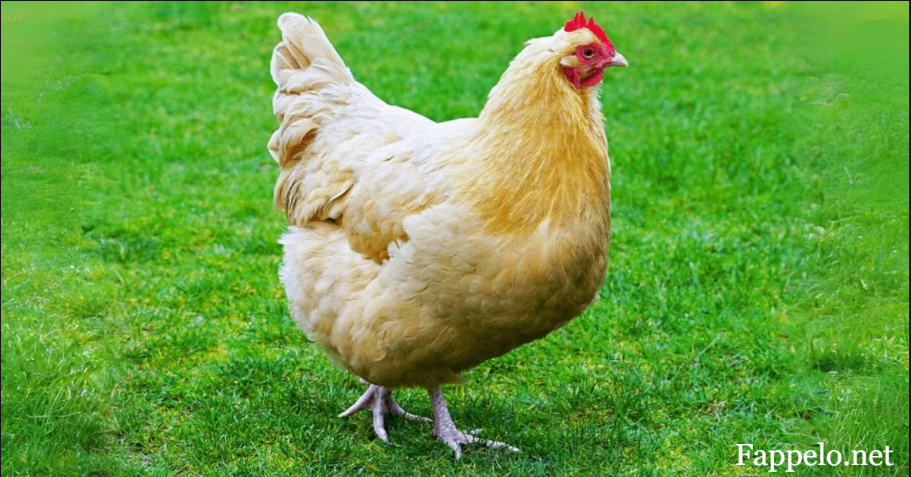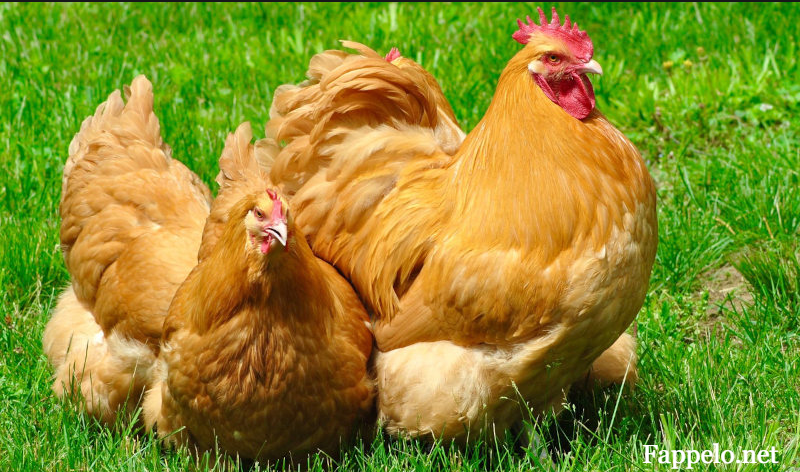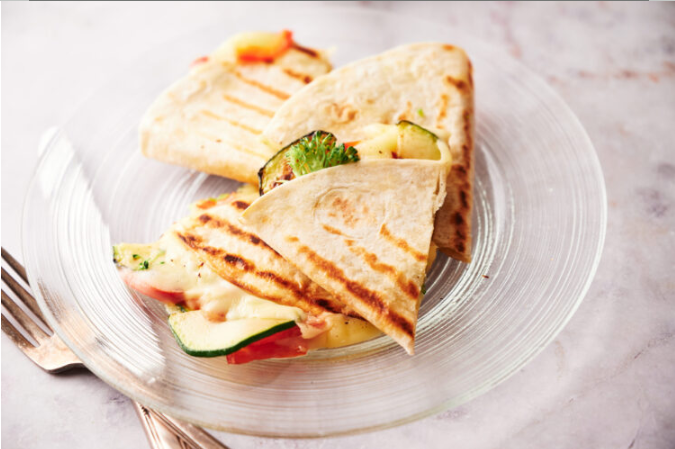Introduction
If you’re seeking a chicken breed that blends charm, productivity, and docile nature, look no further than the Buff Orpington. Known for their plush golden plumage, gentle temperament, and excellent egg-laying abilities, these birds have found a special place in backyard coops and hearts around the world.
Whether you’re a homesteader, hobbyist, or beginner in poultry farming, understanding this breed’s unique characteristics, care requirements, and utility will help you raise happier, healthier hens. In this guide, we’ll dive deep into the Buff Orpington’s history, traits, care tips, and much more.
The History of Buff Orpingtons

Buff Orpingtons originate from Orpington, Kent, England. They were developed in the late 1800s by William Cook, who aimed to create a dual-purpose chicken suitable for both meat and egg production. Cook introduced several colors, but the buff variety quickly gained popularity due to its striking golden hue and calm demeanor.
Foundational breeds used to create the Buff Orpington include:
- Langshan (for size and hardiness)
- Plymouth Rock (for utility and productivity)
- Cochin (for feathering and docility)
The breed was officially recognized by the American Poultry Association in 1902, and has remained a staple in poultry shows and farms ever since.
Physical Characteristics of Buff Orpingtons
Buff Orpingtons are a large, heavy-breed chicken, often described as having a “fluffy couch-cushion” appearance. Their soft, dense feathers and upright stance make them stand out in any flock.
| Trait | Description |
| Plumage | Rich golden buff color |
| Weight (Hen) | 6–8 pounds |
| Weight (Rooster) | 8–10 pounds |
| Comb Type | Single comb |
| Skin Color | White |
| Feathering | Loose, soft, and profuse |
Their dense feathering also gives them better cold resistance compared to lighter breeds.
Temperament and Behavior
Buff Orpingtons are affectionate, friendly, and calm, making them ideal for:
- Families with children
- Urban backyard flocks
- First-time chicken keepers
They enjoy human interaction and can often be seen following their keepers around the yard.
Key behavioral traits:
- Rarely aggressive, even among roosters
- Adapt well to confinement or free-ranging
- Quiet cluckers, suitable for neighborhoods
Their easy-going nature also makes them excellent broody hens, often adopting and raising chicks without issues.
Egg Laying Capabilities
One of the main reasons Buff Orpingtons are so popular is their reliable egg production.
Egg-laying facts:
- Average yearly eggs: 200–280
- Egg size: Medium to large
- Egg color: Light brown
- Start laying age: Around 20–24 weeks
While not the most prolific layers compared to industrial breeds, their consistency and gentle laying behavior are highly valued in backyard settings.
Meat Production and Dual Purpose Use
Originally developed for dual-purpose use, Buff Orpingtons are still a favorite for small-scale meat production.
Why they’re a good meat bird:
- Broad, meaty bodies with a decent carcass yield
- Tender and flavorful meat
- Fast growth rate compared to heritage breeds
While not as fast-growing as commercial broilers, they offer a more sustainable and ethical option for homesteaders seeking quality meat and eggs from the same breed.
Buff Orpington Care Guide
Raising Buff Orpingtons is relatively simple, but optimal care leads to better health and productivity.
Basic requirements:
- Coop space: Minimum 4 square feet per bird
- Run space: 8–10 square feet per bird
- Bedding: Straw, pine shavings, or hemp
- Feed: Layer pellets with at least 16% protein
- Fresh water: Always available
Additional care tips:
- Provide shade in summer – their dense feathers can lead to overheating
- Dust bath area – helps with mite control
- Perches and nesting boxes – 1 box for every 3–4 hens
Health Concerns & Common Issues
Buff Orpingtons are generally hardy but can suffer from a few common health issues.
Watch out for:
- Obesity: Due to their docile nature, they may become overweight
- External parasites: Their feather density can harbor lice and mites
- Bumblefoot: Keep perches smooth and coop clean
- Heat stress: Monitor during hot months
Prevention tips:
- Regular coop cleaning
- Annual health checks
- Balanced diet without over-treating
Buff Orpington vs Other Breeds
| Breed | Eggs/Year | Temperament | Cold Hardy | Meat Quality |
| Buff Orpington | 200–280 | Calm, friendly | Excellent | Good |
| Rhode Island Red | 250–300 | Active, bold | Good | Average |
| Leghorn | 280–320 | Nervous, flighty | Poor | Poor |
| Plymouth Rock | 200–250 | Curious, docile | Very Good | Good |
As shown above, Buff Orpingtons hold their own as versatile, dependable birds in almost every category.
Breeding and Hatching Buff Orpington
Thanks to their broody nature, Buff Orpington hens are often natural incubators.
Breeding considerations:
- Use healthy, unrelated stock to maintain genetic diversity
- Rooster-to-hen ratio: 1 rooster per 8–10 hens
- Use fertile, clean eggs for hatching
- Ideal incubator temp: 99.5°F (37.5°C)
- Incubation period: 21 days
Their mothering instincts are strong, making them excellent at rearing not just their chicks but also those of other breeds.
Are Buff Orpingtons Right for You?
Buff Orpingtons are ideal if you:
- Value temperament over high production
- Want chickens that are safe around kids
- Prefer traditional, heritage breeds
- Enjoy hatching chicks or letting hens brood naturally
They may not be the best fit if you:
- Have very limited space (they’re large birds)
- Need high egg output (choose Leghorns instead)
- Live in very hot climates (require shade and airflow)
Conclusion
The Buff Orpington represents the perfect balance of beauty, temperament, and utility. Whether you’re after fresh eggs, a cuddly pet, or a backyard showpiece, this breed will not disappoint.
Their docile disposition, cold tolerance, and maternal instincts make them a pleasure to raise. While not the top producers in any single category, they excel as all-rounders, making them a wise choice for anyone entering the world of chicken keeping.
So if you’re building your first coop or adding to an established flock, the Buff Orpington might just be the golden bird you’re looking for.
FAQs
Q1: Are Buff Orpingtons good with other chickens?
Yes, their gentle nature makes them excellent flock mates. However, avoid mixing with overly aggressive breeds.
Q2: How long do Buff Orpingtons live?
With proper care, they can live 8 to 10 years, though 5–7 is typical in active laying hens.
Q3: Do Buff Orpingtons lay in winter?
Yes, they are known for laying eggs even in colder months, though production may slow slightly.
Q4: Can Buff Orpingtons fly?
Not really. Their weight and feathering limit flight, which helps with fencing containment.
Q5: How do I tell male from female chicks?
Buff Orpingtons are not auto-sexing, so vent sexing or DNA tests are most accurate. Males tend to grow larger combs earlier.



